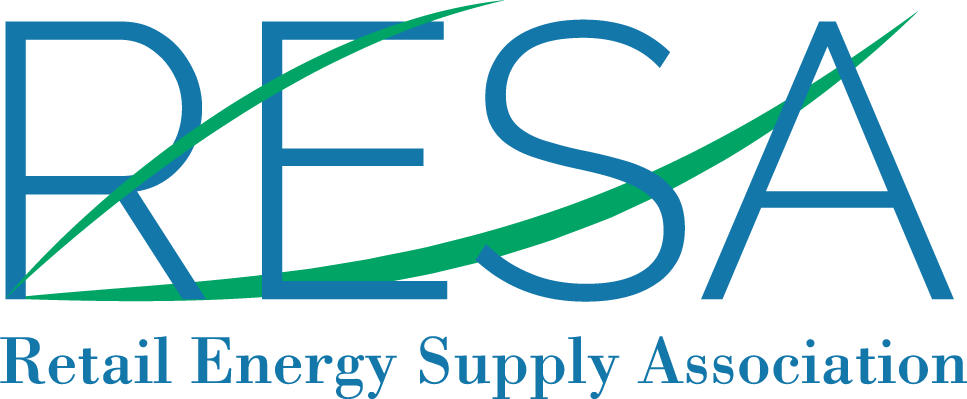As the United States continues to increase its focus on reducing carbon emissions and transitioning to cleaner energy sources, Renewable Energy Credits, commonly referred to as RECs, have emerged as a crucial tool in developing and using renewable energy.
What is a Renewable Energy Credit?
A REC is created for each megawatt-hour (MWh) of energy generated from a renewable energy source, such as wind, solar, or hydropower, and delivered to the power grid.
Since the electricity delivered through the grid does not indicate its origin or generation method, RECs are essential for tracking, accounting for, and assigning ownership of renewable energy production and usage in the U.S. renewable electricity market. When a renewable energy facility generates electricity, a corresponding REC is issued, which can then be sold, traded, or retired. A REC is valuable because it enables consumers to support renewable energy generation even if they cannot source renewable energy locally or directly invest in on-site options like rooftop solar.
For example, a company in Massachusetts may not have direct access to a local wind farm, but it can purchase RECs from a wind energy producer in another part of the country. By acquiring RECs, a company can offset its electricity consumption with renewable energy, thereby supporting the renewable energy market and contributing to sustainability goals. This is because environmental benefits are not confined by state lines or boundaries; they contribute to the broader renewable energy community.
How RECs Work
RECs play a key role in supporting the U.S. transition to sustainable energy. In 2022, renewables comprised almost 22% of electricity generation in the U.S. Currently, wind, solar, and hydropower are the primary renewable sources; however, fossil fuels, including natural gas and coal, still dominate the mix, supplying approximately 60%.
Each REC carries a unique serial number that verifies its authenticity and ensures it can only be sold once. Consumers can purchase these credits to show their support of renewable energy. Once a REC is sold, it is “retired,” preventing double-counting and confirming its environmental value is used only once. Prices fluctuate based on renewable energy demand, regulatory factors, and regional policies. This system incentivizes renewable energy producers by generating an additional revenue stream, allowing them to remain competitive against traditional fossil fuels.
Compliance and Voluntary Markets
RECs play a pivotal role in both compliance and voluntary renewable energy markets. In compliance markets, RECs are used by a number of retail energy suppliers to meet state-mandated Renewable Portfolio Standards (RPS), which require a certain percentage of the electricity they sell to come from renewable sources. Energy suppliers purchase RECs to demonstrate compliance with these regulations and often buy more than RPS requires.
In voluntary markets, businesses and individuals purchase RECs to meet their sustainability goals and show their commitment to environmental responsibility. Many organizations, particularly those in states with stringent clean energy mandates, purchase RECs to meet regulatory requirements. Others, however, use RECs voluntarily to enhance brand reputation and meet consumer expectations for sustainability. For many organizations, buying RECs is a cost-effective way to support renewable energy without directly investing in renewable energy projects.
U.S. Energy Trends
The U.S. energy landscape is evolving as public interest in sustainable energy and climate change intensifies. In 2023, U.S. renewable energy capacity continued to grow, with solar and wind projects dominating new installations. As fossil fuel prices become more volatile, clean energy’s appeal as a stable, long-term energy investment is gaining traction among legislators, regulators, and private investors.
Consumers and policymakers are showing a strong preference for more flexible energy systems. With their unique ability to be traded independently of physical electricity, RECs offer a promising mechanism to accelerate renewable energy investment, balance state and federal energy policies, and contribute to the U.S.’s carbon reduction goals.
RECs are a powerful tool for advancing renewable energy development. By creating a financial incentive for renewable energy production, RECs help drive investment in new renewable energy projects, increase the share of renewables in the energy mix, and reduce greenhouse gas emissions. Furthermore, RECs offer flexibility and accessibility, allowing many participants, from large corporations to small businesses and households, to support the transition to a low-carbon energy future.
Conclusion
Renewable Energy Credits are an essential component of the renewable energy market, providing a mechanism for tracking and promoting the use of clean energy. Whether used for regulatory compliance or voluntary sustainability efforts, RECs empower consumers and businesses to make a tangible impact on the environment. As the energy industry evolves, RECs will remain a critical driver in the global shift toward renewable energy and a more sustainable future.
For more information on RECs and their role in the energy market, visit RESA’s guide to RECs.
